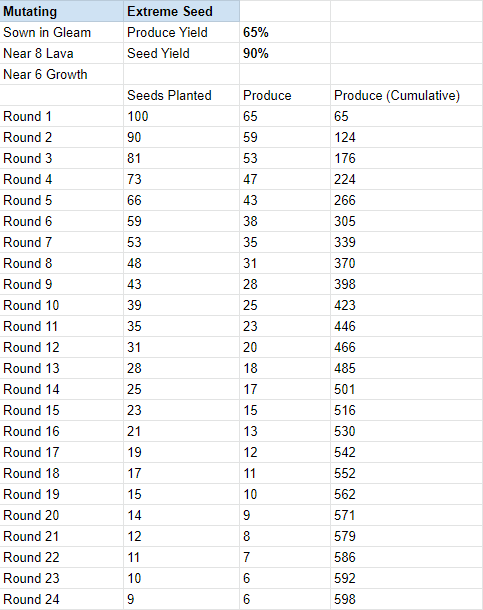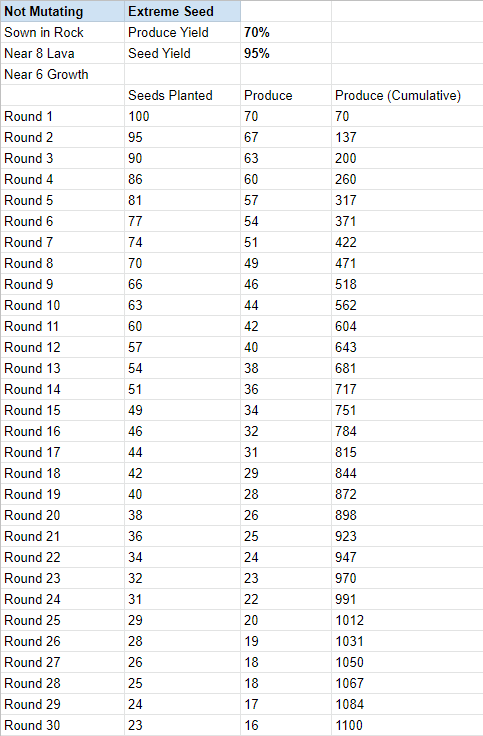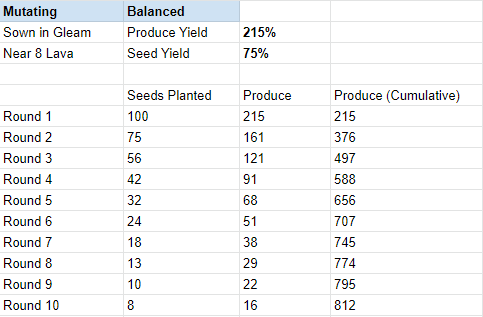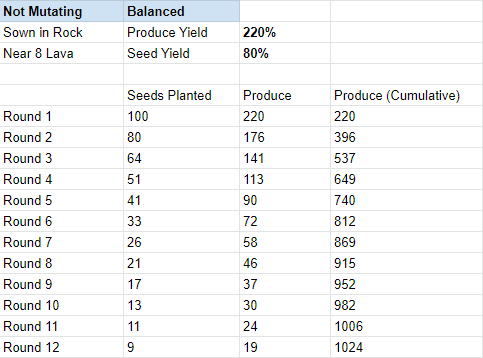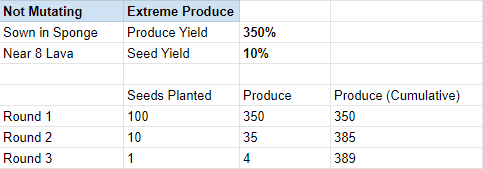Yes, at least that’s how it was before this patch, the queue output screen was updated a bit so can’t be 100% sure it’s still like that.
Ok yeah I just had a quick read through that entire thread and I’m glad I got lucky, I guess stacking the odds in my favour with 8 different colours rather than just 15 of one other random colour helped my odds. I might have to experiment with some trash colour blocks in 50/50 ratios to see if the colour listed in the queue is ever wrong.
Mathematically it doesn’t matter if you used different colours rather than just one extra, there’s still 45 cards in the deck and 30 of those are the colour you wanted. Then you draw one and see what the result is 
Ah yes you’re quite right! I was kidding myself into thinking I was being very clever then! haha
Do you have any idea which colour is chosen to be listed in the queue details? Is it simply the first colour in the stack, or the majority colour?
No idea since the display was just changed, I’m assuming it’s the first one that was used when the machine went looking for materials to use. When you right click an item in the queue you now see the specific material piles that were used to initiate the craft, probably just the top one of those. Somebody could confirm this? But this is getting off-topic, sorry for spamming the thread! 
I have had this mix method backfire on me before, getting worse as the split reaches 50/50. I know it shouldnt make a difference, but I got the colour i wanted more often (read: havent messed up yet) when I keep the desired colour at above 2/3 and instead cut it with 3 or more other colours.
As I said statistically it shouldnt make a difference, but having more colours has worked well for me so far or RNGsus has been on my side.
Just as a quick note to this, the queue display is random. It isn’t absolute and it will actually cycle between colours used (based on probability, I’m assuming) if you keep re-checking it by opening/closing the machine interface.
I’ve done many split stacks in the past in an attempt to multiply gleambow gleam. Thanks to my latest (failed) attempt at this for goo mutation purposes, I believe that things are still working as they were before.
OK I just did a quick experiment. I stacked 2 rocks of 9 different colours and queued and cancelled several times. In each case it picked a random colour from the selection as the resulting tint in the queued output description while the list of colours in the detailed description remained in the same order I had them stacked every time.
I’m going to do 3 crafts like this with my 3 smart stacks mixed in different orders and see if I get the same result as the description says each time.
@anon69675157 Ok so the queued colour is chosen at random (based on probabilities) and then the final result is again another random result (based on probabilities)… hrmmm seems odd that it wouldn’t just calculate the resulting output once rather than doing both when it is queued and when the craft ends… I would of assumed it would only do this calculation once.
Edit: OK so here’s something I’ve never noticed before… everytime I go into the queue and then close the crafting window and then open it again to the queue the reported colour changes to one of the 9 random colours in the stack… lol, so yes the result is any of the 9 possible colours I have in the stack. Well I’m going to have to scrap that idea then!!!
Excellent work! yup I’m just doing it in theory coz I don’t have the time to run through the setups hehe.
Oh the produce numbers are simulated, but the yields are based on real layouts.
Ok that is awesome! I see the “seed extreme in rock” setup calculates to be the most efficient by a small margin however taking 3 times as many growth cycles as the “sown in rock” setup.
More cycles however would mean more random mutations which would be detrimental if you were targeting a specific colour pigment right? Is the random mutation chance a known percentage?
